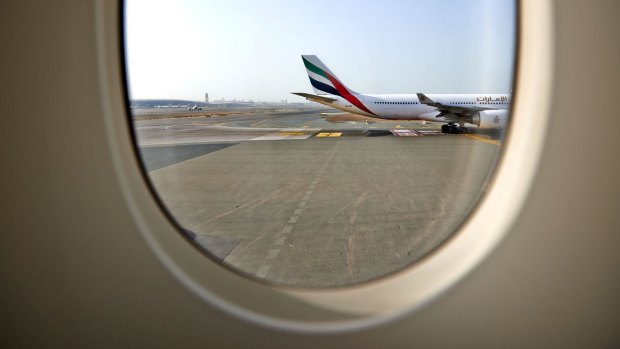This was published 6 years ago
Plane and travel tips and information: How are runways numbered?

Numbers game: Runways are numbered by their magnetic bearing.Credit: Alamy
… By their magnetic bearing, but rather than being expressed in degrees, which would be a number up to 360, they are numbered between one and 36.
To work out the magnetic bearing in degrees for these runways, simply multiply by 10.
For example Melbourne's Tullamarine has two runways, 16/34 and 9/27.
Runway 16/34 has a heading of 160 degrees (south) at one end and 340 (north) at the other.
An aircraft that takes off from runway 16 would be taking off to the south.
Even though this is a single strip of tarmac, pilots and air traffic control regard it as two different runways since an aircraft can be directed to land at either end.
Because they refer to the opposite ends of a straight line, the two numbers that identify a runway will almost always be 18 digits, or 180 degrees, apart.
Sydney's Kingsford Smith has three runways, two of which are parallel.
To avoid confusion, they're numbered 16R/34L and 16L/34R.
When a pilot is told to land on 16R, their designated runway is the right-side runway, with a heading of 160 degrees.
Sign up for the Traveller newsletter
The latest travel news, tips and inspiration delivered to your inbox. Sign up now.